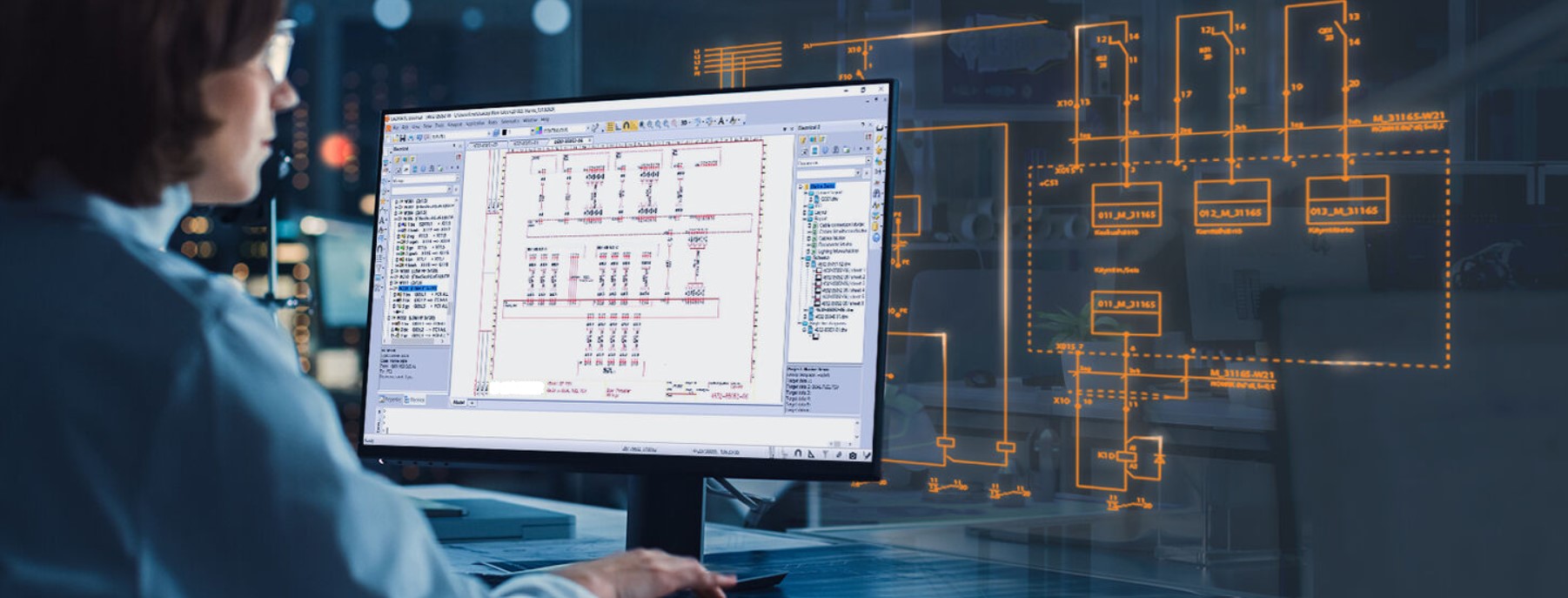Tailored Electrical Load Calculation Services for Commercial and Industrial Buildings
Tailored Electrical Load Calculation Services for Commercial and Industrial Buildings
Blog Article
Innovative Electric Design Solutions for Modern Infrastructure
As urban atmospheres expand increasingly intricate, incorporating innovations such as clever grids and renewable power resources becomes critical. These innovations not only guarantee to maximize energy usage however additionally foster resilience against future needs.
Value of Cutting-edge Electric Design
Ingenious electrical design plays a vital function in modern-day framework, influencing not just effectiveness however also sustainability. As cities develop and the demand for energy rises, the requirement for sophisticated electrical systems comes to be paramount. These systems should not just meet current demands but likewise prepare for future growth and technological developments.
A well-executed electric design can significantly decrease power usage, thus reducing operational expenses and minimizing ecological influence. By integrating renewable resource resources, such as photovoltaic panels and wind turbines, cutting-edge styles can improve energy self-reliance and strength. In addition, wise grid technologies permit real-time surveillance and monitoring of energy circulation, maximizing performance and minimizing waste.
Safety is one more important element of electrical design. Carrying out advanced modern technologies and extensive criteria can mitigate risks related to electrical failures, guaranteeing a secure environment for organizations and homeowners alike. In addition, ingenious designs facilitate versatility, allowing infrastructures to integrate emerging technologies perfectly.
Key Patterns in Electric Design
As the landscape of electric design remains to progress, several essential fads are forming the future of the sector. One significant trend is the combination of smart technology into electric systems. The spreading of the Internet of Things (IoT) has actually enabled real-time monitoring and control of electrical gadgets, boosting effectiveness and promoting anticipating maintenance.
An additional pattern is the expanding emphasis on modular design. This approach permits for versatile and scalable solutions, enabling infrastructure to adapt to transforming demands without comprehensive renovations. In addition, the usage of advanced simulation tools and Building Info Modeling (BIM) is ending up being progressively common, simplifying the design process and enhancing partnership among stakeholders.
Moreover, innovations in materials scientific research are resulting in the growth of lighter, a lot more sturdy, and energy-efficient components. This technology is particularly important for high-performance buildings and framework projects.
Lastly, there is a significant shift in the direction of data-driven decision-making - electrical load calculation. Leveraging data analytics helps developers enhance systems for performance and cost-effectiveness. With each other, these fads symbolize a transformative age in electrical design, enhancing capability, sustainability, and strength in modern framework
Lasting Energy Solutions
Lasting energy remedies are significantly becoming a critical emphasis in electrical design, reflecting a more comprehensive commitment to ecological obligation and resource effectiveness. These solutions intend to minimize environmental influence while optimizing power consumption in different infrastructures, from property buildings to big commercial centers.
One of the leading methods entails the combination of renewable resource sources, such as photovoltaic panels and wind turbines, right into electrical systems. This not just reduces dependence on nonrenewable fuel sources however also improves power resilience. Additionally, cutting-edge power storage systems, such as advanced batteries, allow effective management and distribution of energy, making sure that excess power generated throughout height manufacturing can be utilized throughout high need periods.
Furthermore, energy-efficient design techniques are being taken on to improve total system efficiency. This consists of using energy-efficient lights, cooling and heating systems, and clever building modern technologies that adapt and keep an eye on energy usage based upon occupancy and environmental problems.
Smart Grid Technologies
The implementation of sustainable energy services normally causes the expedition of clever grid modern technologies, which play a crucial role in modernizing electrical systems. Smart grids utilize progressed interaction modern technologies and information analytics to boost the integrity, performance, and sustainability of electricity distribution. By integrating electronic modern technology with typical grid framework, these systems promote real-time surveillance, automated control, and boosted decision-making abilities.
One of the essential features of smart grids is their ability to suit renewable power resources, such as solar and wind power. This adaptability not just lowers dependence on fossil fuels however also enables an extra decentralized energy production version. In addition, wise grids allow demand feedback programs, where customers can adjust their power usage based on real-time rates, consequently promoting power preservation and minimizing peak load needs.
In addition, wise grid innovations boost grid durability by enabling quicker recognition and resolution of failures, inevitably reducing downtime. With anticipating upkeep and analytics, utilities can improve and enhance operations solution delivery. As areas and cities remain to progress, wise grid innovations are vital for developing a sustainable and efficient electric infrastructure that satisfies the demands of modern-day society.

Future-Proofing Infrastructure
To make sure long-term viability and versatility, future-proofing framework is vital in the swiftly evolving landscape of electric design services. As modern technology advancements and power needs shift, it is critical that electrical systems are developed with versatility in mind. This involves integrating scalable options that can fit future upgrades without demanding substantial overhauls.

Additionally, sustainability needs to be a cornerstone of future-proofed styles. Making use of renewable resource sources, such as solar and wind, and enhancing power efficiency minimize dependence on nonrenewable fuel sources, straightening with global efforts to battle climate modification.
Verdict
By focusing on sustainability, efficiency, and adaptability, these solutions resolve the advancing needs of power systems. The combination of wise grid technologies and sustainable power solutions boosts strength and minimizes functional expenses.
A well-executed electrical design can considerably reduce energy intake, therefore reducing operational expenses and reducing environmental influence. By including eco-friendly power sources, such as solar panels and wind turbines, innovative layouts can boost power freedom and resilience. Furthermore, cutting-edge power storage space systems, such as advanced residential electrical design batteries, enable reliable management and distribution of power, making sure that excess energy generated throughout height production can be made use of during high demand durations.
Smart grids allow demand action programs, where customers can change their power use based on real-time prices, thereby advertising power preservation and lowering peak tons demands. (industrial electrical design)
As technology developments and power needs shift, it is vital that electric systems are created with adaptability in mind.
Report this page